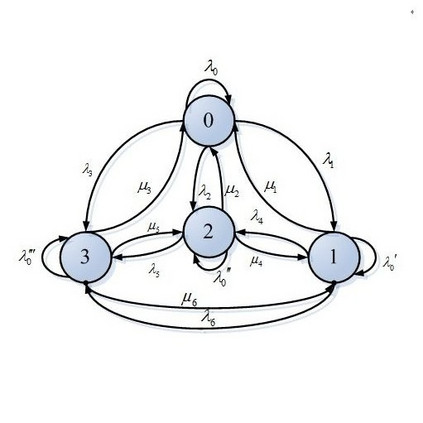IEEE 802.11ax uses the concept of primary and secondary channels, leading to the Dynamic Bandwidth Channel Access (DBCA) mechanism. By applying DBCA, a wireless station can select a wider channel bandwidth, such as 40/80/160 MHz, by applying the channel bonding feature. However, during channel bonding, inappropriate bandwidth selection can cause collisions. Therefore, to avoid collisions, a well-developed media access control (MAC) protocol is crucial to effectively utilize the channel bonding mechanism. In this paper, we address a collision scenario, called Outside Warning Range Problem (OWRP), that may occur during DBCA when a wireless station interferes with another wireless station after channel bonding is performed. Therefore, we propose a MAC layer mechanism, Intelligent Bonding Avoiding Collision (IBAC), that adapts the channel bonding level in DBCA in order to avoid the OWRP. We first design a theoretical model based on Markov chains for DBCA while avoiding the OWRP. Based on this model, we design a Thompson sampling based Bayesian approach to select the best possible channel bonding level intelligently. We analyze the performance of the IBAC through simulations where it is observed that, comparing to other competing mechanisms, the proposed approach can enhance the network performance significantly while avoiding the OWRP.
翻译:IEE 802.11ax 使用一级和二级频道的概念,导致建立动态宽带接入(DBCA)机制。通过应用DBCA,无线站可以通过应用频道连接功能选择40/80/160MHz等更广泛的频道带宽,例如40/80/160Mhz。然而,在频道连接功能中,不适当的带宽选择可能导致碰撞。因此,为了避免碰撞,一个完善的媒体接入控制协议对于有效利用频道连接机制至关重要。在本文中,我们处理一种碰撞情景,即所谓的外部警报区域问题(OWRP),在DBCA期间,无线站在频道连接后干扰另一个无线站时可能发生。因此,我们提议一个MAC层机制,即智能联结机制(IBAC),对DBA的频道连接水平进行调整,以避免 OWRP。我们首先设计一个基于Markov 链的理论模型,同时避免OWRP。基于这一模型,我们设计一个基于Besian的汤普采样式方法,以选择最佳的频道联结方式,在进行最佳的模拟测试,同时对IB公司进行升级。我们可以大大地分析。




